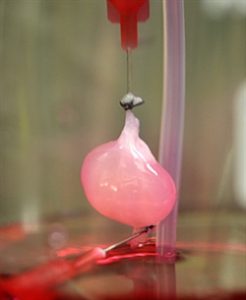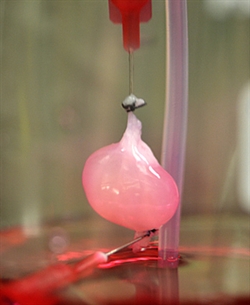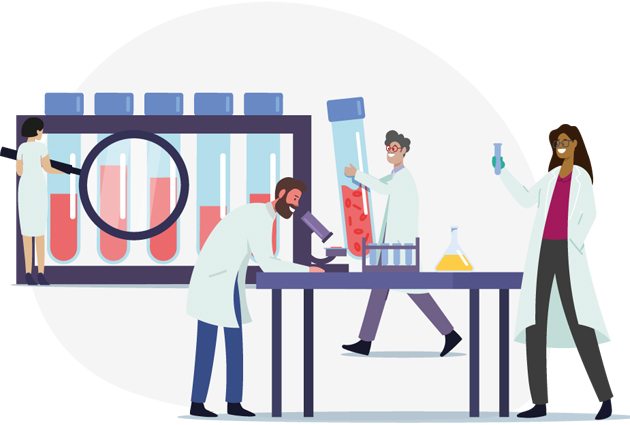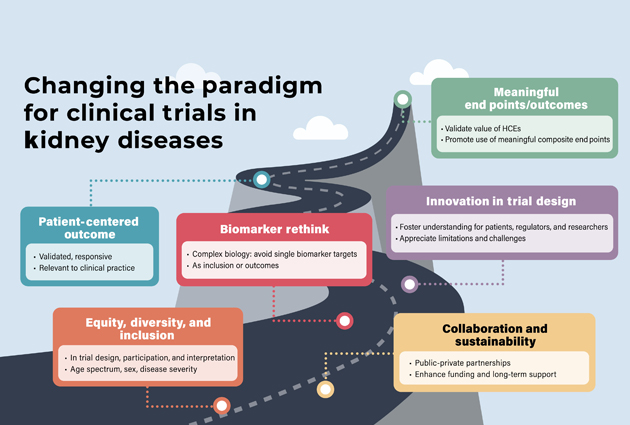ISN reacts to lab-grown kidney story
 Lots of stories were published this week about a “laboratory-grown kidney” being transplanted into animals. The experiment published in Nature Medicine by Jeremy Strong and his co-workers from the Massachusetts General Hospital represents an exciting advance on the road to creating organs for those suffering from kidney disease.
Lots of stories were published this week about a “laboratory-grown kidney” being transplanted into animals. The experiment published in Nature Medicine by Jeremy Strong and his co-workers from the Massachusetts General Hospital represents an exciting advance on the road to creating organs for those suffering from kidney disease.
But how close are we, after this important advance, to really seeing an artificial kidney being created? ISN President-Elect Giuseppe Remuzzi, explains: “Animal and human kidneys have been decellularized and repopulated with endothelial and epithelial cells to hopefully generate functional kidneys that one can theoretically use for transplantation.”
He admits, that we are not very close at this stage. Hurdles to this approach for patients on transplant waiting lists should not be overlooked.
“These include the type of scaffold. Cells from umbilical cord or neonatal kidney cells, as in the paper, are not the answers for clinical application; self-derived cells from patients will be the way to go in an ideal world. But how to persuade self-derived cells from patients to repopulate the organ is still an issue. How to reconnect regenerating organs to patient circulation without clotting complications needs further refinement.”
He believes that overcoming these and other shortcomings will be instrumental to safely generating new functional kidneys for patients with progressive chronic kidney disease, avoiding dialysis, transplant, and transplant rejection.
“While this study should bring hope to millions, intense experimental research and appropriate human and economic resources will still be required before being ready to create a functional kidney,” he adds.









